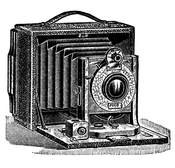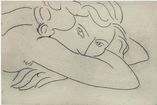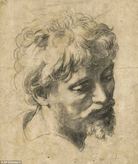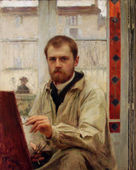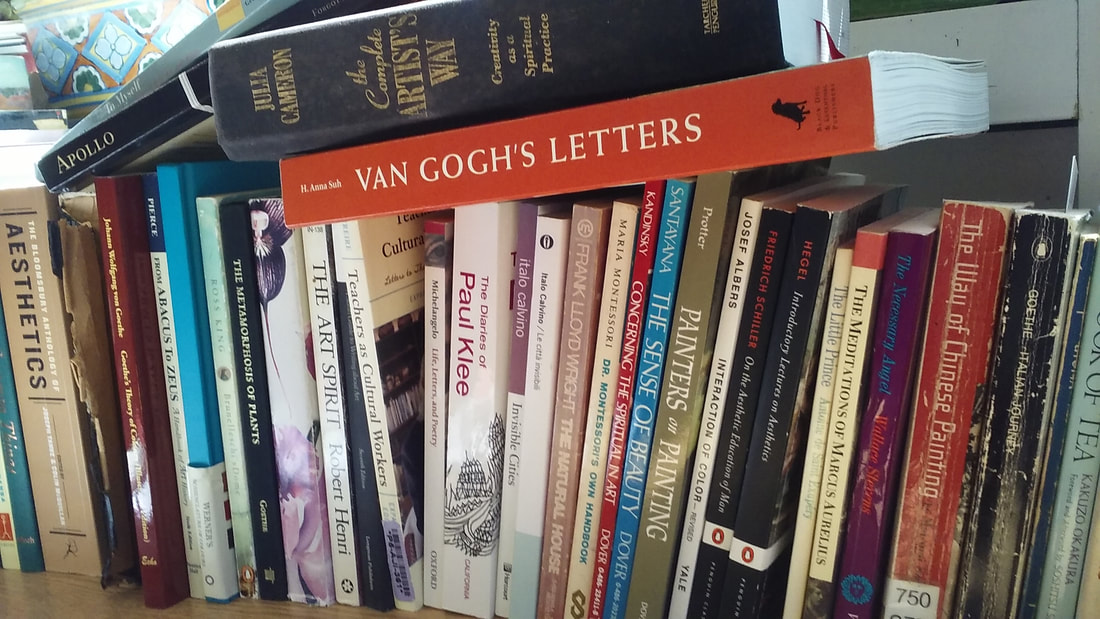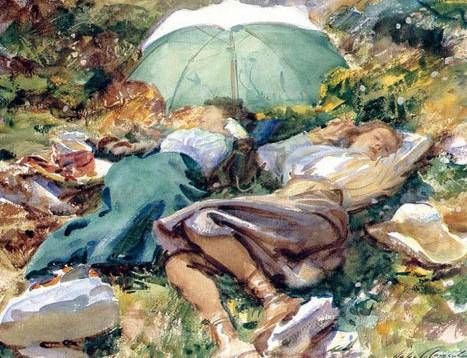Documenting Your WorkHere are a few tips on documenting your work and process for a portfolio:
Instructions for a Student Weebly Portfolio: Upload images of finished works in a designated area/page. If you wish to keep a kind of journal or works in progress, that is great, but do that on a separate page so that you have all your best works in one place that is easily accessible without lots of scrolling through images and text. Remember:
Documenting Your Work It’s important for artists to learn how to document their art. Among other things, records of your work will serve as a reflective tool, show you how much you’ve grown, and ensure you can effectively share your work with others. One way to document your work is through photographs. Another is through writing. We are going to do both by following the steps below. Step 1: Take good photos of your art. Here are some guide lines to follow when photographing your work:
Step 2: Once you have good photos of your work, open a new note in Notability or whatever you are comfortable working in. Title the note with the title of the project. Keep this file, adding to it as you go and save it in a safe place. This is so that if there is some kind of digital disaster, you do not have to recreate your entire portfolio, only upload by copy/paste again. Step 3: Insert at least three images of your work into the note. Step 4: Below the images, write an artist statement about the work. An artist statement is a usually brief writing by the creator of the work that explains or reflects on the art. It is another way for the artist to document the artwork. It helps the artist communicate their ideas about the work. Use at least 6 full sentences (to make a full paragraph). You may look up examples below for ideas. As you write your own, you might think about answering some of these questions (You don’t necessarily have to answer all or any of them):
You can keep these notes on your iPad/computer and then upload the text and images to your Weebly Portfolio Be sure to check back here from time to time to see updates. |
How Artists Spend Their Free Time:
|
How do artists look at art?D.A.R.C.
Describe, Analyze, Reflect, Connect Your teacher always tells you to look at artists, but what do you do after you hit “enter” on the Google search bar? The follow questions guide you through a formally accepted protocol for talking about artwork called “DARC”. The more you think in these terms, the more you’ll get out of your research Describe
Analyze
Reflect
Connect
|
Recommended Pre-College and Summer Art ProgramsRecommended Summer Pre-College Art and Architecture Programs
• The Walters Art Museum, Baltimore, MD (world art up to 20th century) • The American Visionary Art Museum, Baltimore, MD (outsider art) • The Creative Alliance, Baltimore, MD (contemporary (historic and modern American art) • National Portrait Gallery, Washington, DC art) • National Museum of Women in the Arts, Washington, DC • Maryland Hall, Annapolis, MD • The Mitchell Gallery at St. John’s College, Annapolis, • Freer and Sackler Galleries, Washington, DC MD (East Asian Ceramics and Art)
• Rodin Museum, Philadelphia, PA • Philadelphia Museum of Art, Philadelphia, PA • The Clay Studio, Philadelphia, PA • The Wexler Gallery , Philadelphia, PA (crafts) Not art museums, but good places to find inspiring things to draw:
|
|
|
How to Write an Artist's StatementAn artist statement is a usually brief writing by the creator of the work that explains or reflects on the art. It is another way for the artist to communicate his or her ideas about the work.
Directions: Write your own artist statement about this project in the space below. Use at least 6 full sentences (to make a full paragraph). Think about answering some of these questions: What do you want your audience to know about your work? What effect do you want the work to have on your audience? What are some specific choices you made in the work and why? What are some important ideas or feelings your work communicates? What does the work mean to you? Recommended ReadingArt and Fear: Observations on the Perils (and Rewards) of Artmaking by David Bayles and Ted Orland
Drawing to See by Nathan Goldstein Letters to a Young Poet by Rainer Maria Rilke The Art Spirit by Robert Henri The Zen of Seeing by Frederick Franck The Hand : How Its Use Shapes the Brain, Language, and Human Culture by Frank R. Wilson The Artist’s Way by Julia Cameron To Myself by Odilon Redon Letters of Vincent Van Gogh, Michelangelo, and major artist (may be abridged) The Lives of the Artists by Giorgio Vasari Dairies of Paul Klee The Book of Tea by Kakuzo Okakura The Sense of Beauty by George Santayana Concerning the Spirituality in Art by Wassily Kandinsky The Girl with the Pearl Earring by Tracy Chevalier Lust for Life by Irving Stone Michelangelo and the Pope's Ceiling by Ross King Painters on Painting edited by Eric Protter Composition by Arthur Wesley Dow Summer Portfolio Building GoalsSummer Portfolio Building Goals
1. Bookmark these links and visit them often: https://apcentral.collegeboard.org/courses/ap-studio-art-drawing?course=ap-studio-art-drawing All you need to know about what to expect from AP Art and how your work will be evaluated. https://www.maryellencarsley.com/blog Your teacher’s blog. Provides references specific to our study and ideas for making art over the summer. Your Course syllabus can be found here. 2. Maintain a sketchbook What does this mean? You should always carry your sketchbook with you and draw in your sketchbook a minimum of three times a week. Make studies, ideas, notes, doodles, experiments. Any medium and technique. It is visual thinking. This will not be evaluated for quality of drawing or craftsmanship, but for its energy, creativity and dedication to practice that you have put into the pages. You should love your sketchbook and it should show it! 3. 8-12 complete Works What does this mean? A complete “work” is art that you have intentionally set out to make with a plan. You are inspired, you sketch ideas, you consider big questions of media/technique/ composition/elements and principles. There is no minimum or maximum size, only that the work looks planned and thought out. You might want to consider a class, but Not Required: Recommended Baltimore-Washington Metro Area Arts Centers for Portfolio Enriching Experiences
4. Document your processes, art adventures, things that inspire you on your: “Summer AP Drawing Blog” Weebly page. Send your instructor and your classmates the link Before the end of exams! You should have a minimum of 6 blog entries for the summer, see below for what some of the entries should be about. Document your completed work on your: “Summer Work Portfolio” Weebly page 5. Read one book by an artist about art and write a blog post (short paragraph) about your thoughts on the book and how it did or did not influence/ inspire you. Check out the list above for suggestions. Please note you may choose your own book. Last but, not least: 6. Visit a museum or gallery and write a blog post about your experience. Recommended Museums and Galleries in the Baltimore-Washington Metro Area
Not art museums, but good places to find inspiring things to draw:
|
